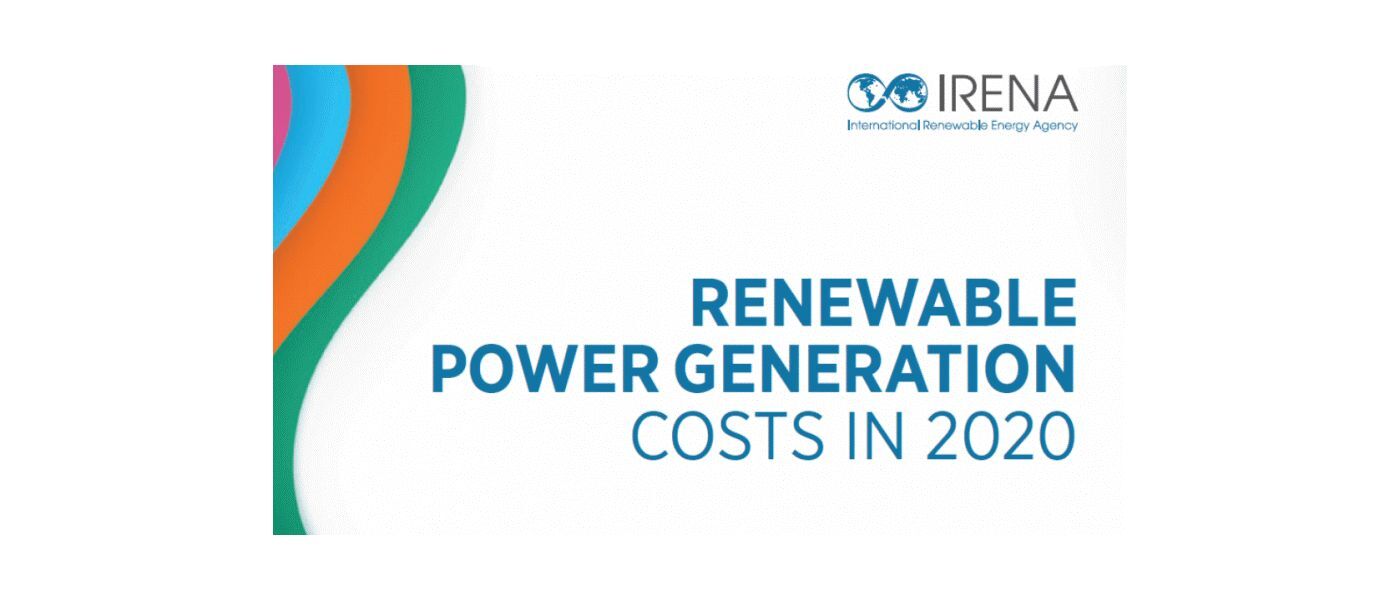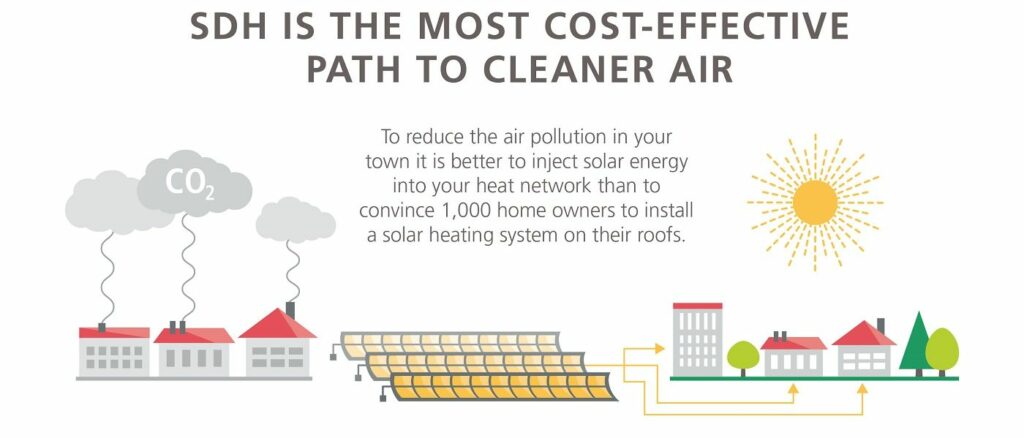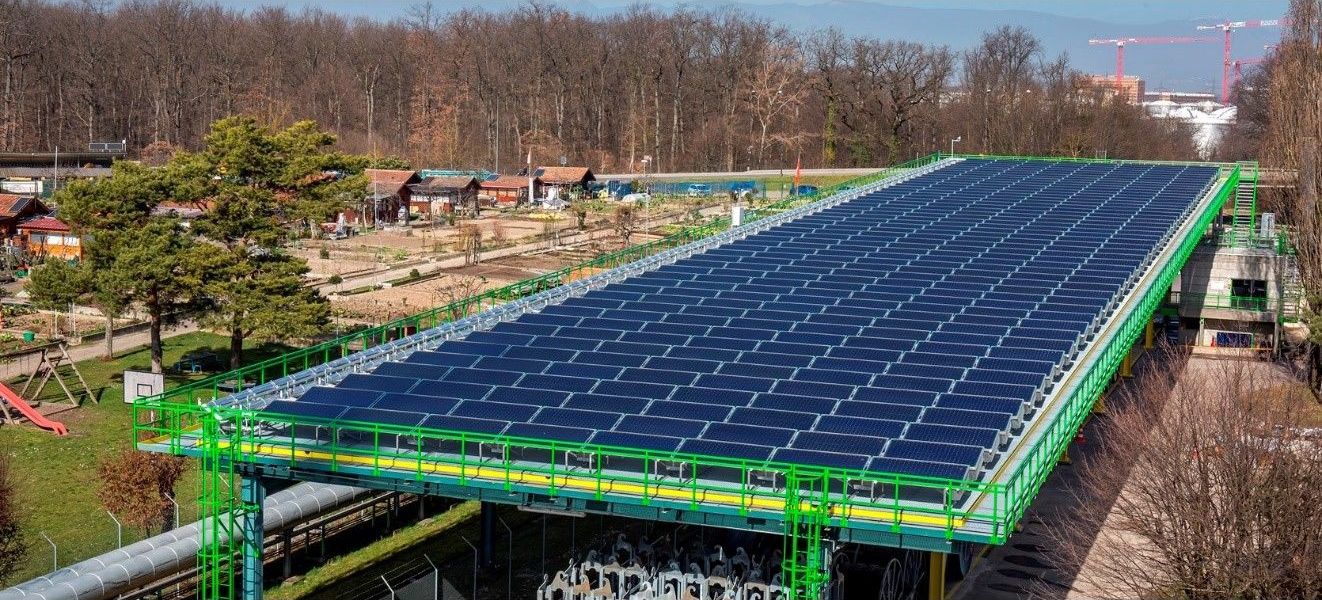Costs of solar heat projects are falling
The IRENA report Renewable Power Generation Costs in 2020 illustrates how the competitiveness of solar and wind power improved dramatically in the decade 2010 to 2020.
Thanks to the support of the Solar Payback project, the flagship publication now also includes a chapter on Renewable Heat Costs, highlighting cost trends for solar district heating systems across the world.
Written by Michael Taylor and his team at the International Renewable Energy Agency (IRENA), it shows how even existing coal plants are increasingly vulnerable to being undercut by renewables. Taylor was deeply appreciative of the cooperation between IRENA and Solar Payback during the data gathering process: “We see real added value from this approach, as our data is going to help inform policy makers and will assist modelers trying to incorporate different solar heat technologies into their scenarios,” he said.
In all, 32 solar heat project developers and technology suppliers and four funding agencies from around the world contributed to creating a database full of cost and performance data on over 1,760 projects totaling 935 MWth.
The newly added chapter highlights how strongly system costs fell in Austria and Germany in the last years. From 2013 to 2020, the 89 projects listed for Austria saw a 55 % decrease in weighted-average total installed costs. The 209 systems built in Germany showed a 45 % drop between 2014 and 2020. A key cost reduction factor in Austria in 2019 and 2020 was the much larger average size of installations put up during that period, according to IRENA. In Germany, reductions were the result of a maturing supply chain.
One country that stands out in the cost data analysis is Mexico, where rich solar resources and strong competition between mature suppliers helped push the levelised cost of heat (LCOH) to as low as 3.9 USD-cent/kWh in 2020.
The IRENA document also highlights the economies of scale achieved by experienced manufacturers and suppliers operating in Europe’s district heating market. The whole report is available here.
Source and full article: www.solarthermalworld.org
Image: IRENA/Solar Payback


